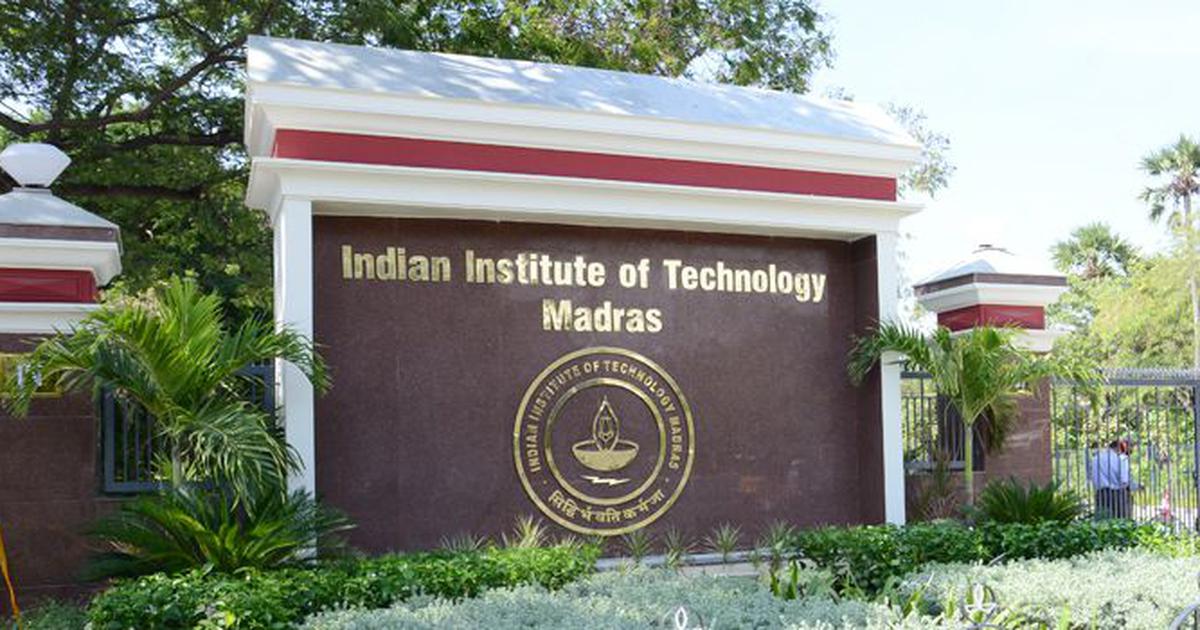At a time when most Indian cities are struggling with purification of the large quantities of wastewater they generate, researchers from Indian Institute of Technology Madras (IIT Madras) and Tel Aviv University, Israel, have developed an aerogel adsorbent that can remove more than 70 per cent trace pollutants from wastewater
The graphene-modified silica aerogel removes over 76 per cent of trace pollutants (PPM level) in continuous flow conditions, offering a sustainable path for large-scale water purification.
Aerogels, which are incredibly lightweight solids composed mostly of air, are excellent adsorbents (a solid substance used to remove contaminants). In addition, they offer advantages like adjustable surface chemistry, low density, and a highly porous structure. These materials, often referred to as ‘solid air’ or ‘frozen smoke’, can be easily fabricated.
The research led by Shanti Swarup Bhatnagar Prize Awardee Prof. Rajnish Kumar from IIT Madras chose adsorption due to its eco-friendly nature, cost-effectiveness and efficient pollutant removal capabilities.
“Indigenous techniques for wastewater purification have become essential not only to combat pollution but also to preserve water quality, protect ecosystems and mitigate health risks associated with contaminated water.”
Prof. Rajnish Kumar, IITM
Elaborating on the need for such research, Prof. Rajnish Kumar, Department of Chemical Engineering, IIT Madras, said, “Indigenous techniques for wastewater purification have become essential not only to combat pollution but also to preserve water quality, protect ecosystems and mitigate health risks associated with contaminated water.”
He pointed out that conventional wastewater treatment methods struggled to remove trace of pollutants, especially pharmaceuticals. In response, scientists have explored various methods, including adsorption, advanced oxidation processes and membrane filtration and zeroed in on adsorption.
The research team developed a silica aerogel modified with graphene (a Nobel-winning form of carbon renowned for its exceptional properties). They employed a method called ‘supercritical fluid deposition’ to prepare these modified aerogels and rigorously studied their effectiveness.
The Graphene-doped modified silica aerogels (GO-SA) were found to exhibit remarkable efficiency in purifying water, attracting and removing contaminants due to graphene’s unique molecular structure which further enhances the available surface area of the aerogel. Under real-life conditions mimicked in their experiments, the material removed over 85 per cent of pollutants in controlled settings and more than 76 per cent in continuous flow conditions.
The findings were recently published as a paper in the prestigious journal Nature Scientific Reports (https://doi.org/10.1038/s41598-023-43613-w). The team is dedicated to enhancing these results for large-scale applications.
“This jointly developed GO-SA aerogels can be customised to target specific contaminants by modifying their surface chemistry, making them versatile. Furthermore, they can be regenerated and reused multiple times, reducing waste and operational costs, making them a sustainable solution for water purification.”
Prof. Hadas Mamane, Tel Aviv University, Israel
Prof. Rajnish Kumar was supported by Mr Subhash Kumar Sharma and P. Ranjani, Research Scholars, Department of Chemical Engineering, IIT Madras and Prof. Hadas Mamane, School of Mechanical Engineering, Tel Aviv University, Israel, according to a release.
Commenting on their breakthrough, Subhash Kumar Sharma said, “I am genuinely enthusiastic about the transformative potential of our research in mitigating water pollution challenges. Our GO-SA adsorbent represents a remarkable step towards sustainable water purification. Our commitment to scientific excellence and environmental responsibility drives us.”
Speaking about the technical aspects of this research, Prof. Hadas Mamane, School of Mechanical Engineering, Tel Aviv University, Israel, said, “This jointly developed GO-SA aerogels can be customised to target specific contaminants by modifying their surface chemistry, making them versatile. Furthermore, they can be regenerated and reused multiple times, reducing waste and operational costs, making them a sustainable solution for water purification.”
India is currently facing the challenge of supporting 18 per cent of the world’s population with just 4 per cent of global water resources.
India is currently facing the challenge of supporting 18 per cent of the world’s population with just 4 per cent of global water resources. Considering the seriousness of the issue, the union government has intensified efforts to address water pollution, particularly in water-intensive industries like pharmaceuticals and textiles. The textile sector alone discharges nearly ten lakh tons of toxic synthetic dyes annually, posing severe threats to aquatic life and ecosystems.


